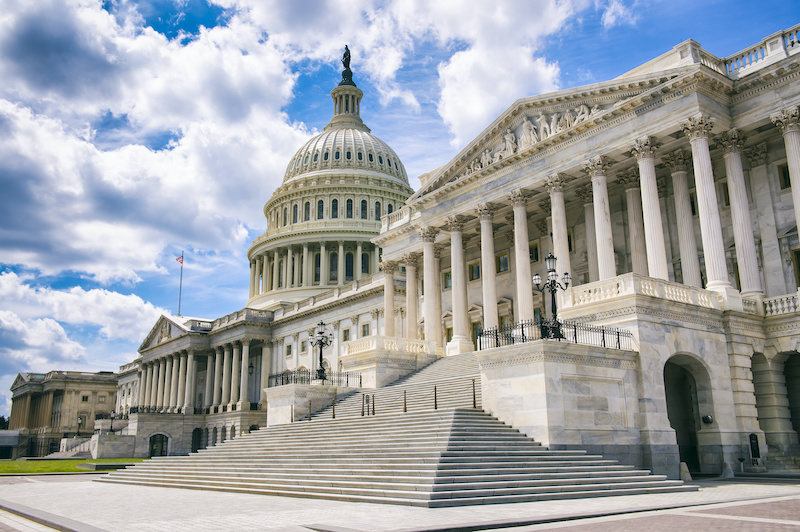Think tanks are supposed to float new ideas to make government work better. Independent outsiders—freed from the shackles of bureaucratic protocol and removed from the daily fire drills faced by public officials—can throw ideas on the table that could never come from the inside. Sometimes think tankers can lob crazy ideas with no chance of success.
One such crazy idea that started with Ben Leo and me turned into the US International Development Finance Corporation (DFC). How did this possibly happen? And what might we learn from this experience?
As an active participant over nine years in the creation of the DFC, I also wanted to reflect a bit on the unpredictable and highly nonlinear path that led from one ill-advised sentence in the 2011 State of the Union address to a brainstormed list on a napkin at a Dupont Circle think tank to a blog post with a simple three page proposal to an animated video to a blueprint to legislation to a whole new agency in 2020 (and many, many other stops along the way).
For an independent analysis, I highly recommend Adva Saldinger’s reporting for Devex. For my admittedly narrow (and overly-personal) perspective, here’s How Might Think Tanks Make Real Things Happen? Lessons from the Creation of the DFC.
As a preview, my top line takeaways are:
-
Big blue-sky ideas have to start with a compelling story. The world was changing and the US toolkit was behind the times.
-
Yet proposals are more likely to succeed if they are grounded in practical experience and evolve to become politically acceptable. The idea originated in concrete frustrations Ben and I felt and then moved from impossible dream to reality because the design features adapted over time.
-
A broad coalition of outsiders can get things started and build political momentum. An amazing cast of characters and organizations helped to nurture the idea and motivate champions. (I tried to name them all, but surely forgot some!)
-
But ideas become reality when insiders are motivated to act. An equally remarkable coalition of public officials across the interagency and on Capitol Hill came together to make it happen.
-
Engage directly with opponents, take their criticisms seriously, and use data to make your case. We used everything from persistent debate to building a scraped database to overcome the biggest objections.
-
Timing is everything. Despite everyone’s efforts, we still needed a lucky confluence of people, events, and politics to finally get the DFC over the line.
You can read the whole essay here.
CGD blog posts reflect the views of the authors, drawing on prior research and experience in their areas of expertise.
CGD is a nonpartisan, independent organization and does not take institutional positions.






